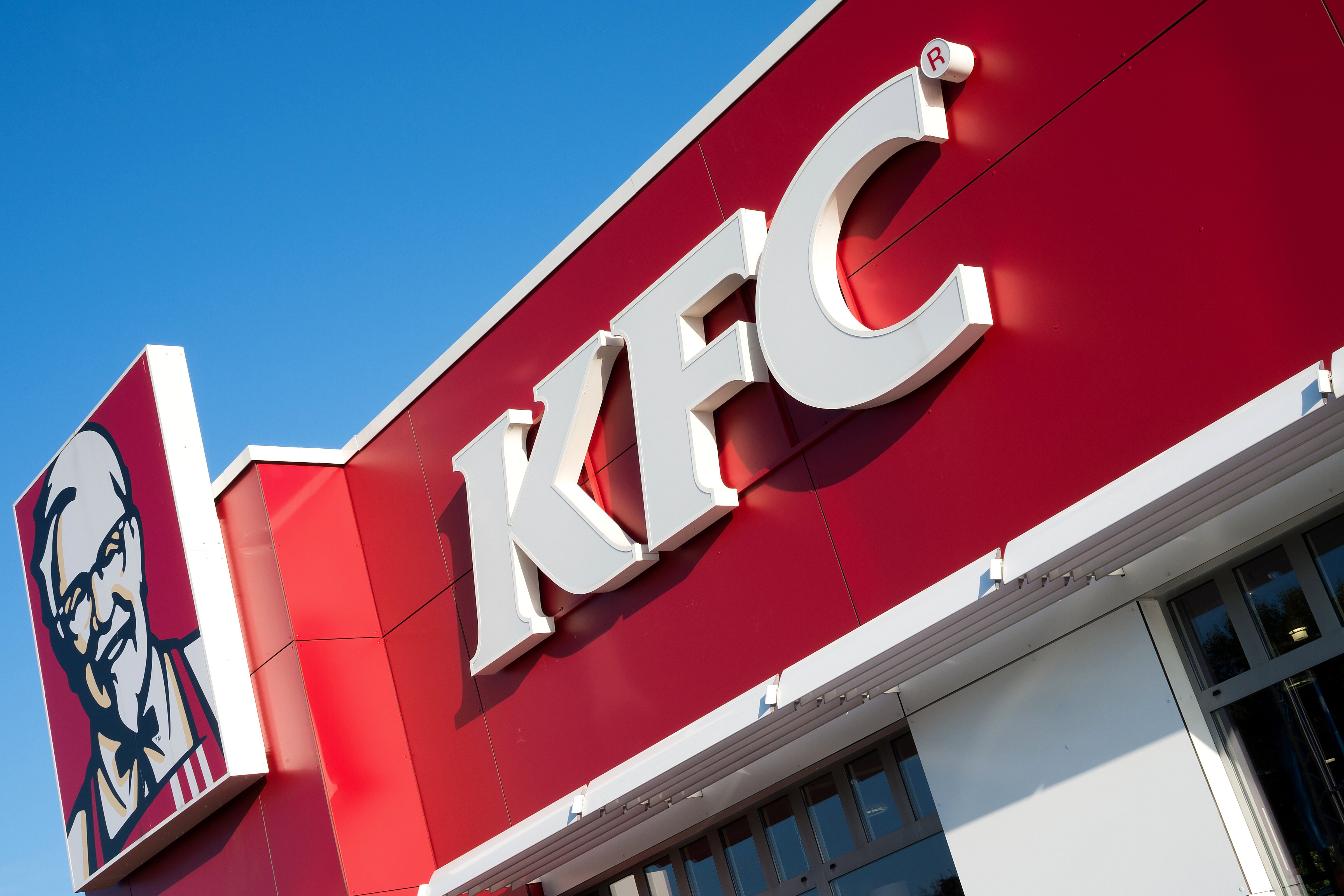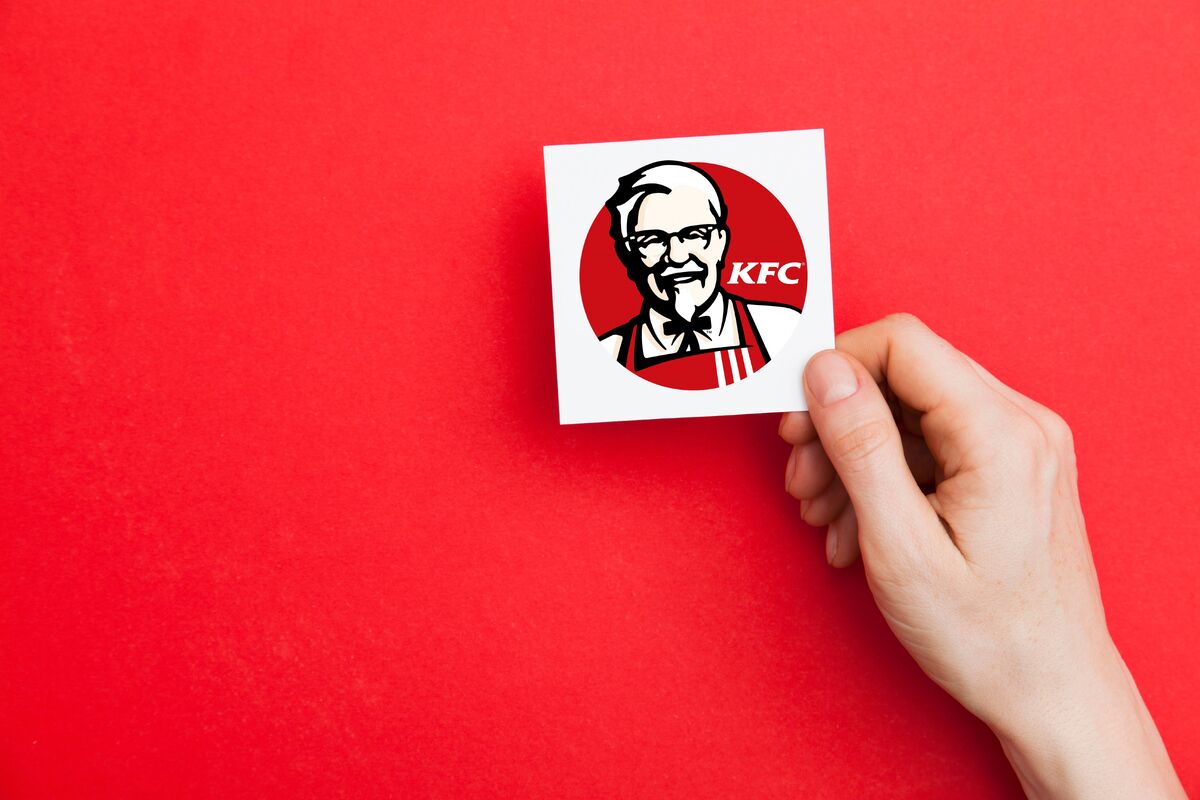KFC accounts reveal how ‘distribution crisis’ hit sales
Fast food restaurant brand KFC has revealed how a distribution crisis early last year dented its sales growth, which took until the end of the year to return to positive territory.
Kentucky Fried Chicken (Great Britain), which runs company-owned restaurants in the UK as well as receiving income from franchisees, introduced new distribution partners QSL and DHL in February 2018. The transition between suppliers caused shortages of chicken and led some stores to operate on a limited menu while others had to close altogether.
Now accounts for the business have revealed how the distribution crisis has led to a decline in sales for the year.
KFC said that while 2018 sales started strongly, the distribution crisis led to a 6.8% all in sales, compared to growth of 3.8% in 2017. It explained: “The company steadily recovered transactions through the remainder of the year returning to positive sales growth by year end.”
The crisis was also one of the reasons for a dramatic drop in overall revenue at the business during 2018, which fell from £445.8m in 2017 to £207.4m.
However, the decline wasn’t purely as a result of distribution problems. KFC took the decision during the year to refranchise 91 of its restaurants, in line with parent company Yum! Brands strategy of becoming a more franchised business.
It also changed its accounting period during the previous financial year to align with Yum! Brands, which meant that 2018’s accounting period was two weeks shorter than 2017 (53 weeks to 23 December 2018, compared to 55 weeks in the prior year).
Pre-tax profit in 2018 stood at £138.4m, down from £188m in 2017.
Meanwhile, operating profit margin improved to 66.3%, up from 42.2% in 2018, reflecting a £98.7m gain from the refranchising of the 91 restaurants that were previously run directly by KFC.



















